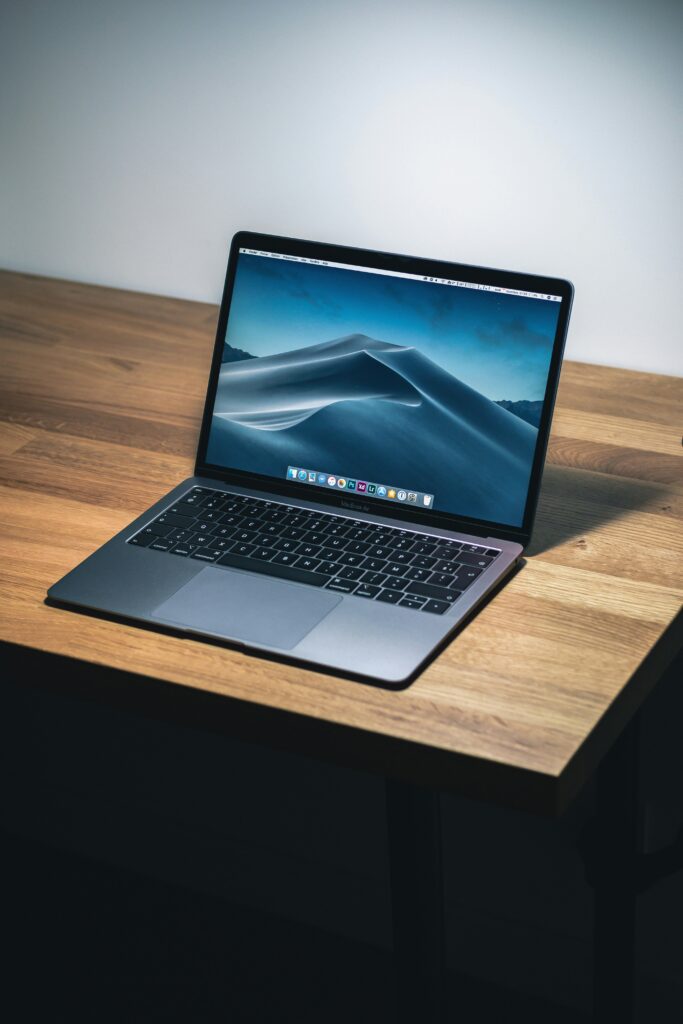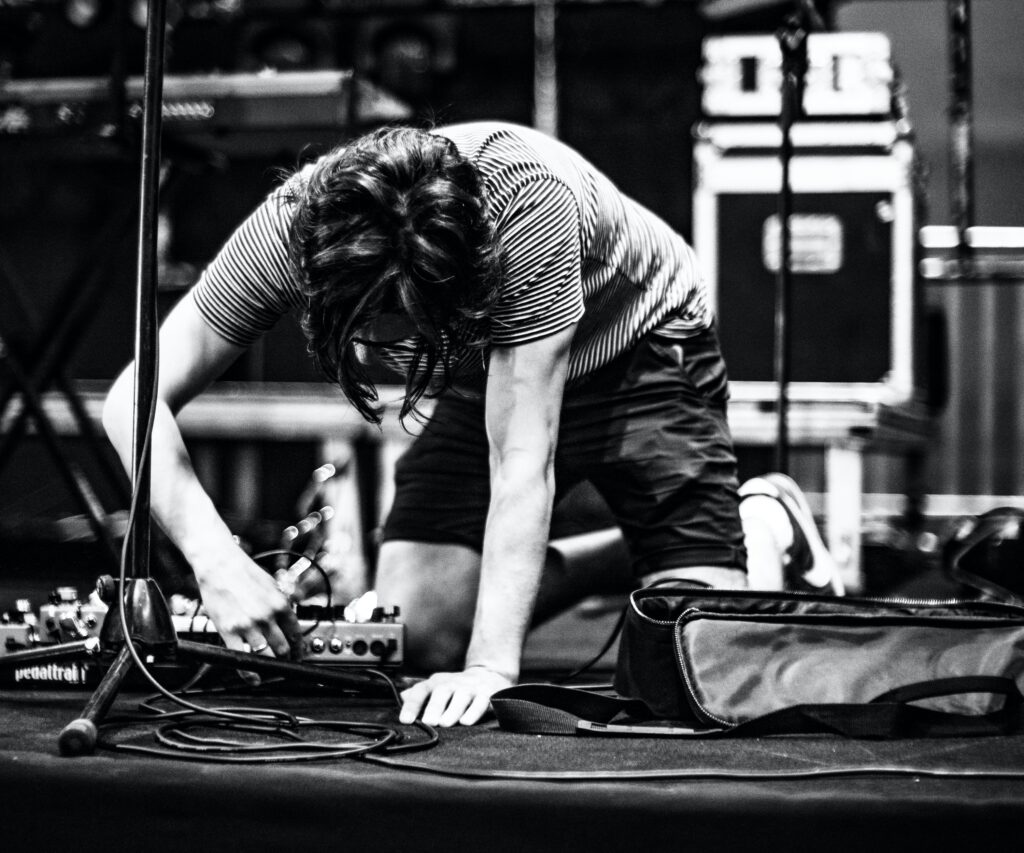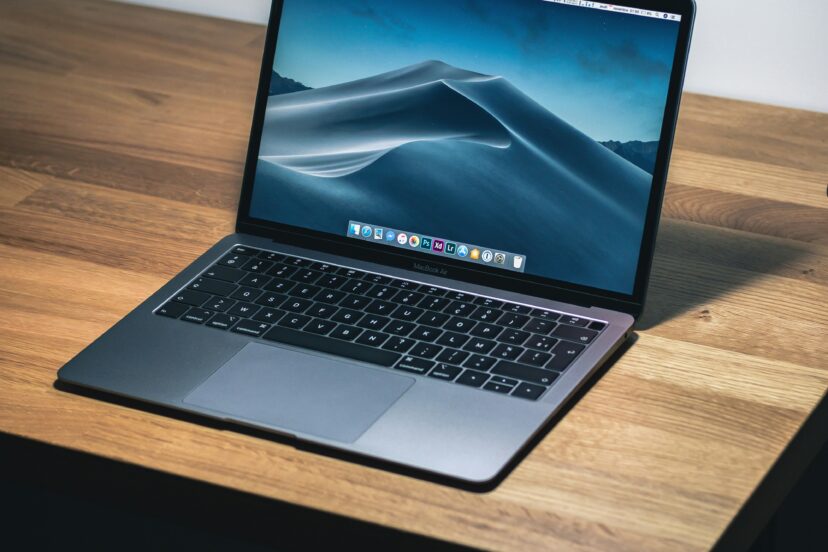How Do You Set Up A Game Development Environment?
Welcome, fellow gamers and aspiring developers! Together, we’re about to dive into the exciting world of game development, starting with the very first step: setting up a game development environment. In this guide, we’ll walk you through the essential tools, software, and setups that we’ll need to turn our game ideas into reality. From choosing the right engine to configuring our workspace, we’ve got all the tips and tricks to get us started on this creative journey. Let’s get our hands on the keyboards and start building something amazing! How do you set up a game development environment? It’s a question that often stumps beginners and seasoned developers alike. We’ve all been there—untangling the web of software, hardware, and workflows. So let’s dive in and make this process a bit friendlier, shall we?
What is a Game Development Environment?
Before we dive into the nuts and bolts, let’s first understand what a game development environment is. Essentially, it is a setup that includes all the necessary tools, software, and configurations to build and develop games. This setup isn’t one-size-fits-all; it can vary greatly depending on the type of games you want to create, your level of expertise, and your personal preferences.
The Importance of a Proper Setup
A well-configured development environment can significantly impact productivity and the quality of the final product. Imagine creating a fantastic game but losing progress because of a lack of version control. Scary, right? So, let’s ensure we get it right from the start.
Hardware Requirements
Let’s first touch on the hardware because, without the right gear, even the best software won’t be much help. Basic game development can be done on moderate hardware, but more complex projects will need more power.
Minimum Requirements
| Component | Minimum Requirement |
|---|---|
| CPU | Intel i5 or AMD equivalent |
| RAM | 8GB |
| Storage | 256GB SSD |
| GPU | Integrated or budget GPU |
| OS | Windows, macOS, or Linux |
Recommended Requirements
| Component | Recommended Requirement |
|---|---|
| CPU | Intel i7 or AMD Ryzen 7 |
| RAM | 16GB or more |
| Storage | 512GB SSD or more |
| GPU | Dedicated GPU with 4GB VRAM or more |
| OS | Windows 10, macOS Catalina, or Ubuntu 20.04 or later |
Additional Peripherals
While basic peripherals like a keyboard and mouse are a given, having a good monitor (or two) can make a huge difference.
- Dual Monitors: Increases productivity by allowing you to have multiple windows open.
- Game Controllers: Essential for testing certain types of games.
- Drawing Tablet: Useful for artists.

Software Requirements
Now that our hardware is squared away, let’s get into the software that will breathe life into our game development dreams.
Operating System
The choice of operating system can influence the tools and software available to you. Most game development tools are available on Windows, macOS, and Linux. Make sure your OS is up-to-date to ensure compatibility and security.
Game Engines
Game engines are crucial as they provide the framework for building games. They handle rendering, physics, input, and other essential functions.
Popular Game Engines
| Engine | Best For | Platforms Supported |
|---|---|---|
| Unity | 2D/3D, Indie, Mobile Games | Windows, macOS, Linux |
| Unreal Engine | High-end 3D, AAA Games | Windows, macOS, Linux |
| Godot | 2D/3D, Open Source | Windows, macOS, Linux |
Integrated Development Environments (IDEs)
IDEs provide a platform for writing and debugging your code. The choice of IDE can vary based on the game engine and languages you’re planning to use.
Recommended IDEs
| IDE | Best For | Languages Supported |
|---|---|---|
| Visual Studio | Unity, Unreal Engine | C#, C++ |
| Rider | Unity | C#, .NET |
| Qt Creator | Godot | GDScript, C++ |
Graphics and Design Tools
You can’t make a game without visuals. Whether it’s 2D sprites or 3D models, having the right tools is essential.
Popular Design Tools
| Tool | Best For | Platforms Supported |
|---|---|---|
| Adobe Photoshop | 2D Art, Textures | Windows, macOS |
| Blender | 3D Models, Animation | Windows, macOS, Linux |
| GIMP | Free alternative to Photoshop | Windows, macOS, Linux |
Audio Tools
Sound effects and music add an immersive experience to the game. Here are some tools for creating and editing audio.
| Tool | Best For | Platforms Supported |
|---|---|---|
| Audacity | Basic audio editing | Windows, macOS, Linux |
| FL Studio | Music production | Windows, macOS |
| Ableton Live | Advanced audio editing and mixing | Windows, macOS |
Project Management Tools
Managing tasks, timelines, and team collaboration is critical in game development. Here are some tools that can help:
| Tool | Best For | Platforms Supported |
|---|---|---|
| Trello | Task management, Kanban boards | Browser, Android, iOS |
| Jira | Advanced project management | Browser, Android, iOS |
| Slack | Team communication | Browser, Windows, macOS, iOS, Android |
Setting Up the Environment
Let’s get down to the nitty-gritty: actually setting up your environment. This step-by-step guide will help you configure everything.
Step 1: Install the Operating System
Ensure your operating system is up-to-date. Different game engines and tools might have different OS requirements, so having the latest updates will maximize compatibility.
Step 2: Install Basic Development Tools
- Version Control Systems: Git is the most widely used version control system. Install Git and create an account on GitHub or Bitbucket.
- IDEs/Text Editors: Install your preferred Integrated Development Environment (IDE) or text editor. We recommend Visual Studio for Unity and Unreal Engine, or Rider for Unity.
Step 3: Set Up the Game Engine
Unity
- Download the Unity Hub from the Unity website.
- Open Unity Hub and click on Add to install a version of Unity.
- Follow the installation prompts and select additional build support as needed (e.g., Android, iOS).
Unreal Engine
- Download the Epic Games Launcher from the Unreal Engine website.
- Open the Epic Games Launcher and create an Epic Games account if you don’t already have one.
- Navigate to the Unreal Engine tab and click Install.
Godot
- Download the latest version of Godot from the official website.
- Extract the downloaded file.
- Run the executable file to start using Godot.
Step 4: Install Design Tools
For 2D and 3D assets, it’s crucial to have powerful design tools. Install Photoshop or GIMP for 2D graphics, and Blender for 3D modeling. Ensure you also add any necessary plugins or extensions.
Step 5: Configure Audio Tools
Install a simple audio editing tool like Audacity to start. As you get more advanced, you can move on to more complex tools like FL Studio or Ableton Live. Configure the audio settings and test by creating a sample project.
Step 6: Project Management Tools
Project management tools like Trello and Jira will help you keep track of development progress. Create an account on your chosen platform and set up your first board or project.

Setting Up for Team Collaboration
Game development often involves working in teams. Effective collaboration tools and protocols will ensure smooth development.
Version Control with Git
Ensure every team member has Git installed and understands basic commands.
Common Git Commands
| Command | Description |
|---|---|
git clone |
Clone a repository |
git pull |
Fetch and merge changes from remote |
git commit |
Record changes to the repository |
git push |
Update the remote repository |
git status |
Show the working directory status |
Communication
Tools like Slack or Discord are invaluable for team communication. Create a dedicated workspace or server for your project, and set up channels for different aspects of development.
Regular Meetings
Regular sync-ups are essential. Schedule weekly or bi-weekly meetings to ensure everyone is on the same page.
Best Practices
To make the most out of your game development environment, follow these best practices:
Maintain a Clean Workspace
Keep your workspace well-organized. An orderly environment can drastically improve productivity.
Back Up Regularly
Losing your work due to a system crash can be devastating. Regularly back up your project files to an external drive or cloud storage.
Stay Updated
Keep all your tools, software, and OS updated. Updates often come with crucial fixes and new features.
Documentation
Document your code and project workflow meticulously. Good documentation can save a lot of time when debugging or onboarding new team members.

Troubleshooting Common Issues
Even the best setups run into issues. Let’s go through some common problems and how to solve them.
Slow Performance
If you notice lagging or slow performance:
- Check for background processes eating up system resources.
- Upgrade your hardware if needed.
- Optimize your project assets and code.
Software Compatibility Issues
If a specific tool isn’t working as expected:
- Check if it’s compatible with your OS version.
- Look for patches or updates.
- Search online forums or the software’s support page for solutions.
Version Control Conflicts
Version control conflicts are common in teams:
- Communicate any major changes to the team.
- Regularly push and pull changes to avoid major merge conflicts.
- Use branching strategies to manage different stages of development.
Conclusion
Setting up a game development environment may seem daunting initially, but with the right approach and tools, it can be a smooth process. We’ve walked through the essentials, from hardware and software requirements to setting up the environment and best practices. Now, all that’s left is for you to dive in and start creating amazing games.
Remember, the key lies in continuous learning and adapting. As technology evolves, so will your development environment. Stay updated, stay organized, and most importantly, have fun creating your next game masterpiece!




